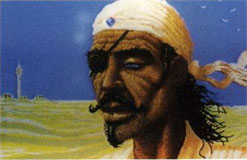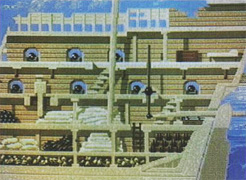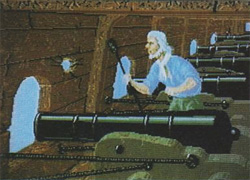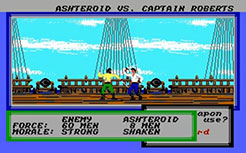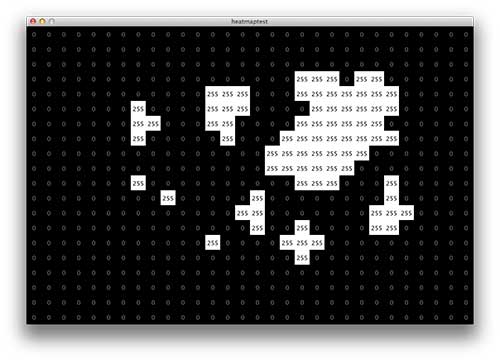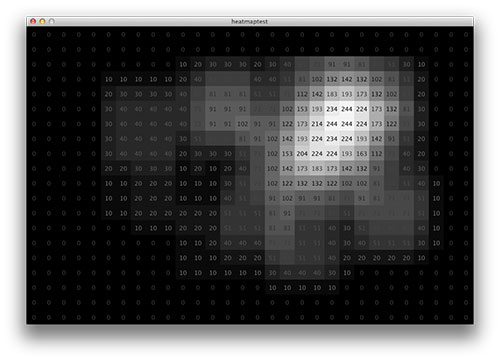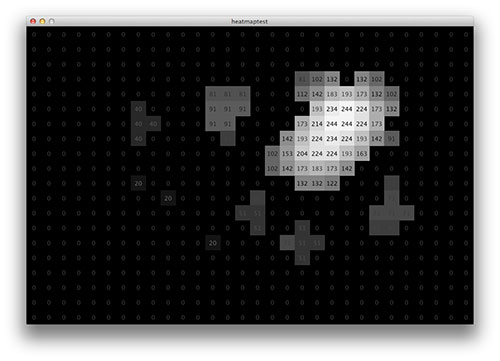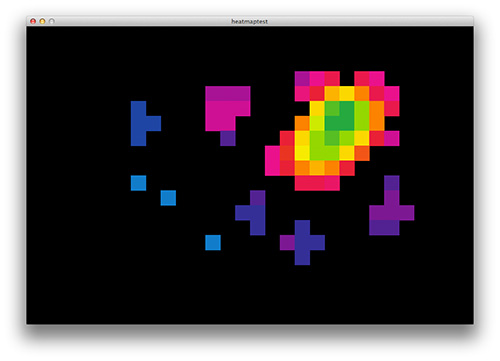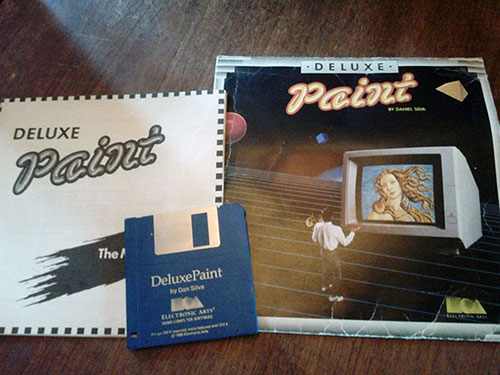Lost games: Ancient Mariner
 In September 1987 I bought my first copy of Computer and Video Games magazine. Alongside reviews of Road Runner and Solomon’s Key and a feature on the newly released Sega Master System, there were a few astonishing screenshots which awakened in me a new sense of what was possible in computer games.
In September 1987 I bought my first copy of Computer and Video Games magazine. Alongside reviews of Road Runner and Solomon’s Key and a feature on the newly released Sega Master System, there were a few astonishing screenshots which awakened in me a new sense of what was possible in computer games.
These screenshots were from a game called Ancient Mariner.
Although I couldn’t have explained it at the time, they helped form the original vision that got me into game development in the first place; a vision that one day technology might allow us to externalise our imaginations and let us experience them with all the intensity of physical life.
Described in one preview as “what could be the most grand and impressive game so far”, Systems Architects’ Ancient Mariner swashbuckled its way through the games press inspiring excitement and wonder before vanishing, unreleased and without explanation. One year later, in response to a reader’s inquiry, a Games Machine staffer wrote: “As for the legendary Ancient Mariner, we’ve heard nothing of it recently, seen nothing of it and can’t make contact with Systems Architects themselves.”
As anyone who follows the games industry will know, cancelled titles and vanishing companies are nothing out of the ordinary. But some unreleased games seem to stand out as talismans of creative potential, symbols of what gaming could become. These games often appear during the axial ages of the industry, when technological shifts raise up new continents of possibility, inspiring developers to embark on foolhardy voyages in search of distant visions.
Ancient Mariner appeared at the beginning of one such age, at the time when the Amiga and Atari ST really began to make their mark on game design. Up til then, many 16-bit games still bore the impressions of the 8-bit era; some were little more than C64 games with a few more colours. But from 87-89 developers began to get to grips with the new technology and started to design games which broke with the past.
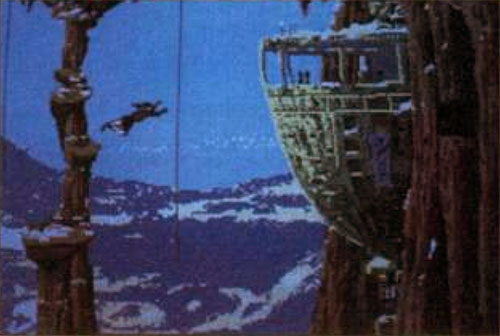
The game was programmed by Manuel Caballero, who previously wrote Imhotep for 8-bit legends Ultimate: Play the Game. C&VG quotes him as saying that Ancient Mariner is probably the first Atari ST game written completely in assembly language.
The artwork was produced by Mike Jary and Emma Hughes. I suspect they had a background in traditional animation; the artwork has a confidence and expansiveness rarely seen in games of that time. The most impressive shots don’t seem to restrict their lines to the axes of movement like so much game art. This is partly what made these images so evocative. You can’t quite see what the game mechanics will be just by looking at them.
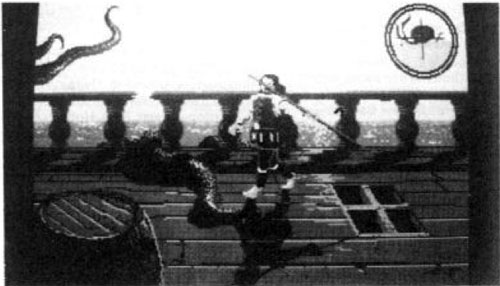
So what kind of game was Ancient Mariner? According to C&VG, it was meant to be a trilogy, with each part coming on three disks. The player takes the role of an “impoverished 16th century seadog whose lands have been lost through gambling and bad business deals. To regain his former status in life he must trade – both legally and illegally – all over the world”.
The game “will contain play that will appeal to the traditional adventure game player” as well as combining “fast arcade-action with icon-controlled elements”. The arcade sequences would have included “battles in the Spanish main, skirmishes against cannibals, raiding and boarding parties and hand to hand combat”.
It seems to me that Ancient Mariner might have been something like a cross between Sid Meier’s Pirates and a Cinemaware game, perhaps with something of the eccentricity and high art of Captain Blood mixed in.
Sid Meier’s Pirates needs no introduction, It’s probably the best known and best loved pirating game there is. It was released in 1987, and reviewed two months after Ancient Mariner was previewed so I’m not sure how much of an influence it would have been. Pirate games were definitely in the air that year. The C&VG review of Sid Meier’s masterpiece compares it favourably to others available at that time, such as Cascade Software’s Pirates of the Barbary Coast.
Cinemaware however, might be less familiar to the gamers of today. Cinemaware were one of the outstanding developers of the early 16-bit period; their games had production values few others could match at that time and had a distinctly American “bigness” which still counted for something in my corner of eighties Britain.
Their games were early attempts at interactive movies, and usually featured arcade, puzzle and strategy sub-games within a well-animated linear narrative.
Ancient Mariner sounds very much as if it could have been a moodier Cinemaware game, taking its cues from European comics and animation rather than Hollywood.
And that is pretty much everything I have discovered about this mysterious game. If anyone knows more, or has even played Ancient Mariner, please let me know.
View Comments

